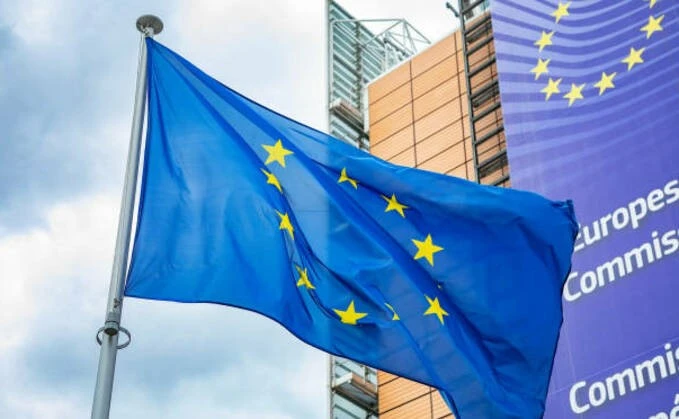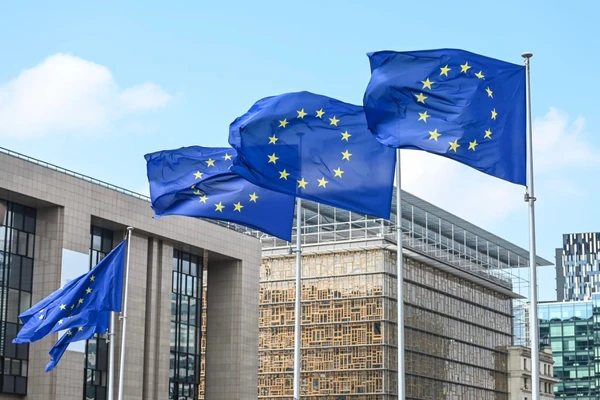European Parliament and the European Council reached to provisional agreement to establish the first EU-level Carbon Removal Certification Framework.
- Aim: To enhance carbon removal technologies and carbon farming by setting quality criteria standards.
- Includes monitoring and reporting processes to prevent greenwashing.

About Carbon Farming:
- Carbon farming involves implementing regenerative agricultural practices that aim to restore ecosystem health, improve agricultural productivity and soil health, and mitigate climate change.
- It integrates carbon sequestration into the management of agricultural landscapes and reduces greenhouse gas emissions.
- This practice is adaptable across various agro-climatic zones.
Methods of Carbon Farming
- Agroforestry methods like silvopasture and alley cropping sequester carbon in trees and shrubs, enhancing farm income.
- Conservation agriculture practices such as zero tillage, crop rotation, cover cropping, and crop residue management minimize soil disturbance and boost organic content.
- Integrated nutrient management utilizes organic fertilizers and compost to foster soil fertility and diminish emissions.
- Agro-ecological approaches like crop diversification and intercropping support ecosystem resilience.
- Livestock management strategies reduce methane emissions through rotational grazing, optimizing feed quality, and efficient animal waste management.
Ref: Source
| UPSC IAS Preparation Resources | |
| Current Affairs Analysis | Topperspedia |
| GS Shots | Simply Explained |
| Daily Flash Cards | Daily Quiz |


